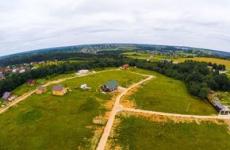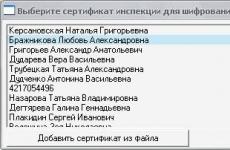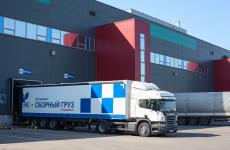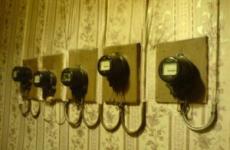Jumps signal quality dvb t2. The optimal signal level at the output of the subscriber television outlet.
INFO button
This article is written in connection with a large number of requests in the comments with the question "How to check the signal level of a DVB T2 antenna." And although the instructions provide clarification on this issue, most often we turn to the Internet. Sinful, I do it myself, because the instructions must be sought, and the Internet is near.
This option is very useful, as it allows in some cases to understand who is responsible for the absence of a signal, the antenna or the set-top box itself. For example, with configured programs, reception here for no reason at all, everything disappears, and on the screen there is an inscription about the absence of a signal.
So with a tuned and not tuned set-top box, check the signal level. digital television You can press the INFO button several times. Why several times, but not the exact number? For different manufacturers, this number is different. For example, for the Rolsen receivers, you have to press three times, and for the Cascade, Oriel consoles only two.
During the initial setup in manual mode, if you see this picture
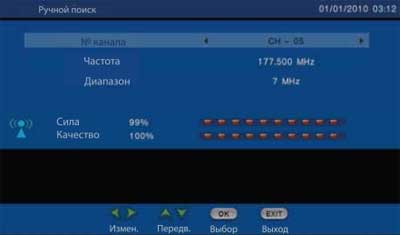 Signal level display during manual tuning
Signal level display during manual tuning and if the quality and intensity levels are high on it, then you can safely move on to searching for channels, if you don’t have one, you need to deal with the antenna.
When the channels are already set up when you press the "INFO" button, you will see these pictures:
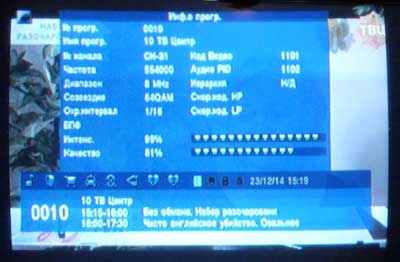 Menu display level DVB T2 prefixes Rolsen
Menu display level DVB T2 prefixes Rolsen 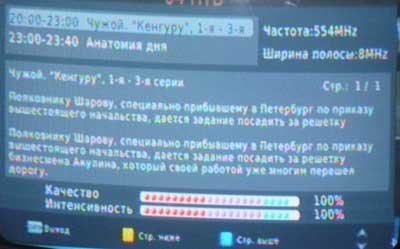 Display level digital signal prefix "Cascade"
Display level digital signal prefix "Cascade" If, when checking the signal level of digital terrestrial TV, you see that the quality, strength or intensity of the signal is high enough, but there is no image, then for the most part you just need to reconfigure the device. This happens when working on the broadcasting equipment and changing any settings or for some reason lost the settings of the console itself.
Digital television is a modern alternative to standard analog TV. With this technology, the image quality becomes much better at the same cost of funds. The essence of this technology is that television signals are a sequence of digital combinations of electrical impulses. Digital technology provides new opportunities for transmitting and receiving data.
Digital television has its advantages. For example, mobility. No more pulling wires and cables, all you need is a TV, an antenna, a digital receiver and a socket. This is an autonomous system that you can take with you, for example, to the country and watch TV programs with the same high-quality signal as in the city. In addition, on digital TV, a large number of broadcast channels, as well as you can access the Internet, TV guide, etc.
Possible causes of interference
The digital signal, as a rule, is reliable and much better than the analog one, but even it is not immune from various kinds of interference. In any case, if the quality of the broadcast deteriorates, you will have to find out the reason for which this happened. For example, if the TV shows badly and interference occurs, you need to check the antenna. Maybe she was poorly installed or just lost. Also, the antenna may break due to a large snowball or a piece of ice. In addition, the TV can poorly show due to a broken television cable, a failed receiver, etc.
If, when connecting digital TV, the wizard filed a cable into the apartment, and further wiring was done independently (especially if there is not one TV in the apartment), then there may be poor contact in the tee. Interference may also occur if there is also a computer near the TV and they are connected via HDMI cable. As a rule, interference on TV starts when the computer is turned on, and as soon as the computer turns off, the image becomes quality again. In this case, interference may occur due to the fact that the computer is fonit (or rather, a video card with an HDMI port).
If you live on the top floor and the signal is weak, the nuts on the dividers may have oxidized or burnt, the equipment is not tuned, or the optical receiver is out of order. The causes of interference can be many and the easiest way is to call the master to find the true cause and eliminate it.
These may be the following devices.
Cable receiver, stand alone, dVB-C standard (when using cable networks) or DVB-T (with normal broadcasting), which has a separate control panel. The receiver must be connected to the audio-video inputs of almost any TV, both analog and digital;
Modern TVwhich has a built-in DVB-C and / or DVB-T tuner. In this case, simply connect the cable that receives the network signal to the antenna jack, and you can receive the signal after setting up the TV.
The computer, however, for viewing, an additional PC card or an external tuner connected via USB port is required.
Tune digital tuner To receive digital television is necessary in the following sequence. First, a digital TV cable is connected to the antenna jack of the tuner. Then you need to connect the tuner and audio-video input of the TV, and turn on television receiver. Next, in the TV menu, select the appropriate AV input and connect the power to the tuner. Wait for the splash screen first, and then the tuner's channel tuner suggestions.
The fact that digital television gives an image of better quality on screen than analog signalMany of our compatriots have already been able to make sure.
In order for your home to receive digital channels, you need:
Conventional decimeter antenna;
Reception room dVB prefix T2, or receiver;
TV tower transmitting a signal in DVB T2 format, within the range of antenna availability.
So, you have it all installed, connected (except for the tower, of course) and even worked for some time, but suddenly the signal disappeared. What could be the reason and how to fix it on your own?
No signal from the TV tower
Sometimes the absence of a signal is explained by the simplest cause - at the moment the TV tower does not transmit it. For example, maintenance work is being carried out or equipment malfunctions were forced to suspend broadcasting and come to grips with repairs.
Digital television is still a fairly new direction, so the process of transmitting a signal is not always in perfect shape, there are failures and equipment breakdowns.
Bad reception conditions
In that case, if the signal is received on a weak antenna without an amplifier or with a low-power amplifier, or there are high-rise buildings or other interference-generating structures in the space between the antenna and the TV tower, the signal may periodically disappear if the weather conditions deteriorate. 
In other words, during a rain, thick fog or snowfall there is a strong signal disturbance. In this case, the purchase of a more powerful antenna or the removal of an existing antenna to the greatest possible height can help, in order to ensure the direct visibility of the tower.
This is easy to do if you fix the antenna on the roof of the multi-storey building in which you live. If this is not possible, then you need to buy an antenna with a powerful amplifier.
Receiver failure
Inexpensive Chinese-made consoles from time to time can present such surprises - spontaneously disconnect from reception of the signal. In this case, the message “No signal” appears on the screen.
The simplest action is shutdown, and after a few seconds digital set-top boxes - Often returns the console in working condition.
Poor "firmware" receiver
This defect is most characteristic, again, for inexpensive Chinese technology. The only way out is to upgrade the processor of the console. 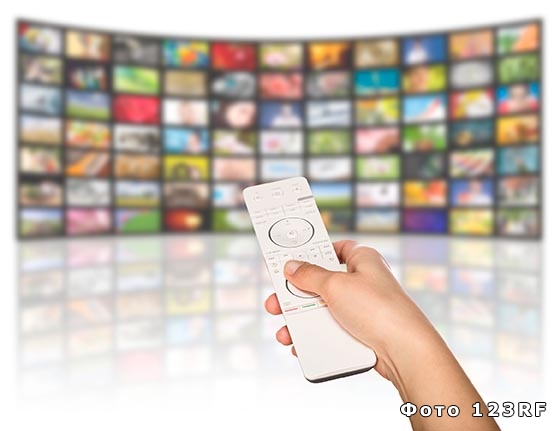
You can download the necessary firmware version from the manufacturer's website of the receiver, but at home and without certain skills, this is not so easy to do. Most likely, this will have to contact the workshop.
Spontaneous reset
Sometimes the technique presents such surprises as the failure of the channel settings. In order to restore the settings, you only need to start auto search, and all available channels will be restored in a few minutes.
Problems begin when autosearch could not find a single channel. In this case, you should repeat the search manually and make sure that even weak signals are missing, which are usually ignored by autosearch.
To check the signal level, you need to find the “INFO” button on the remote and press it three times in a row - the screen should display information about the signal strength as a percentage of the required one. If the signal is really very weak, you will have to buy an amplifier or move the antenna higher.
Prefix Malfunction
The simplest and most obvious case is that the prefix has failed for some reason. This could be a power surge, a lightning strike to an antenna placed on the roof, etc. 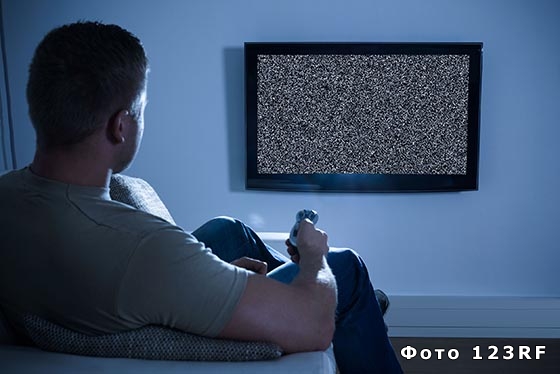
Most likely, it does not give any messages at all on the screen, even if there is no signal. It may not even turn on. In this case, only contacting a repair shop or buying a new receiver will help.
DVB-T2 digital terrestrial broadcasting is conducted in the television UHF band 470-862 MHz divided into 48 channels of 8 MHz (21-69 channels). That is why in the settings digital receiver or TV you need to choose 8 MHz, 7 MHz is for countries with a different broadcast standard where the channel width is already.
Also in the settings, select the channel number or the corresponding center frequency of the channel. Not to be confused with the carrier frequency of the image, this is for analog.
The UHF range has never been fully occupied by analog channels, so (and not only), free channels are used to transmit digital multiplexes. On one TV channel 8 MHz wide, you can transmit one analog channel or one digital multiplex With several digital channels. The fewer channels in the multiplex, the higher their quality
Independently install and configure the antenna for receiving digital television in principle, even easier than for analog, but you need to understand some simple things.
- Indoor antennas only for reliable reception zones with a good location - high point, direct visibility to the transmitter. Indoor active antennas can slightly improve reception in the absence of a good location. In other cases, they will be just an element of the interior of the apartment.
- For high-quality reception of digital television, it is necessary to use outdoor range UHF antennas. The antenna itself has a gain, the more elements in the antenna design (passive directors), the higher its gain. Two antennas of different designs will have a different signal level at the output at one receiving point.
- At a greater distance from the transmitter, it would be more appropriate to use more powerful antennasthan active. Any passive antenna at any time, you can make it active by adding an antenna (mast) amplifier to it, and there you can choose from.
- Those who wish to clarify more deeply on the choice of an antenna for digital television should read the following topics: “antenna wave channel”, “calculation of UHF antennas”
- When choosing the antenna design, it is necessary to consider the distance from the transmitter, and when installing, the direction. Sometimes if it is not possible to install the antenna on a direct signal, you can try to receive the reflected one, with a reasonable approach the result will always be positive. For mountainous terrain, everything is much more complicated.
- If you are in a zone where the transmitter is not yet running, you can try to receive a more distant signal. Here you need to experiment with more expensive antennas and amplifiers.
- If the antenna has a gain, then the elements of the "wiring" is just the opposite weakening. All passive elements: cable, splitter, antenna sockets, connectors contribute their share of attenuation to the signal. In this case, you must remember that the signal received by the antenna will be larger than the signal delivered directly to the TV. To compensate for the attenuation, amplifiers are used, but here, too, you need to remember that the “many” signal is also bad, over-amplification will occur.
- Spliter is a divider; the more parts we divide, the less each gets. If one apple is divided into three, each person’s losses will be 2/3 apples. Antenna sockets not only for beauty, but also for weakening the signal, too.
- Any receiver, including DVB-T2 receiver has a sensitivity. Sensitivity is the signal level, from some minimum to some maximum value with which the receiver can work. All changes in signal level values that fall within this range. does not affect the quality of the picture on the TV screen (unlike analog TV). Anything less - weak signal (reception of all multiplex is impossible), all that is more, - overwork (again, the reception of the entire multiplex is impossible).
- The signal level of multiplexes can be estimated approximately by neighboring or nearby analog channels. For each region has its own situation.
In fact, the right approach is to measure the signal level and calculate and / or monitor its attenuation.
If, for example, to take the porch 16 etazhki, then there the main task is not in receiving the signal of digital television, and in its proper distribution of the house network. People encounter this problem only in miniature in private houses and apartments when connecting several TVs.

